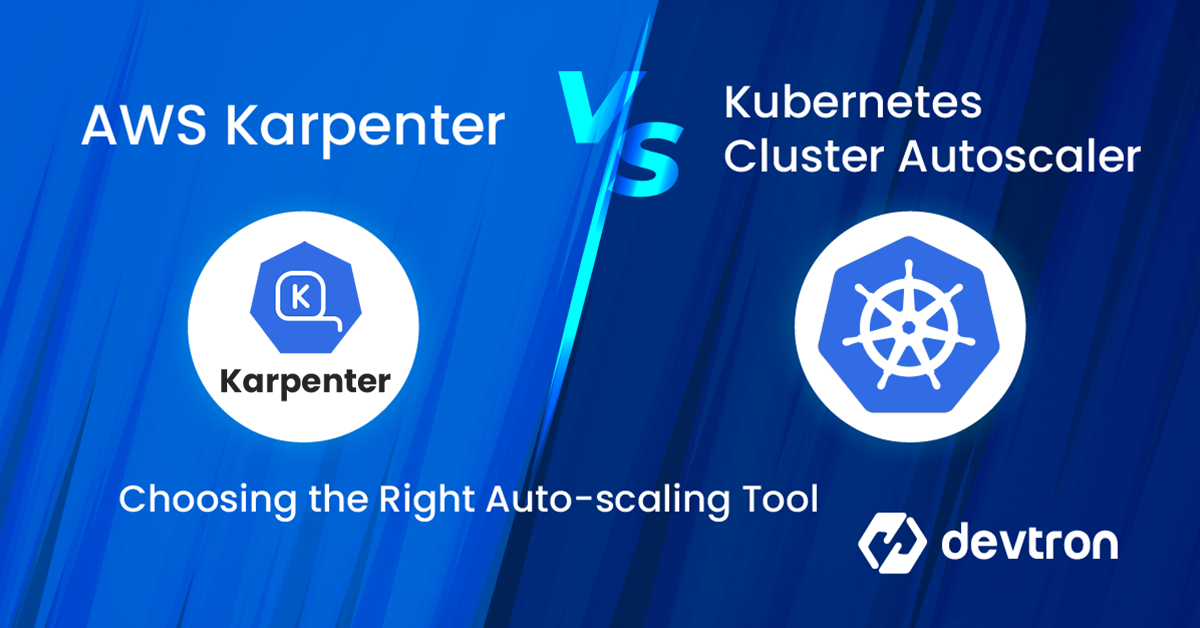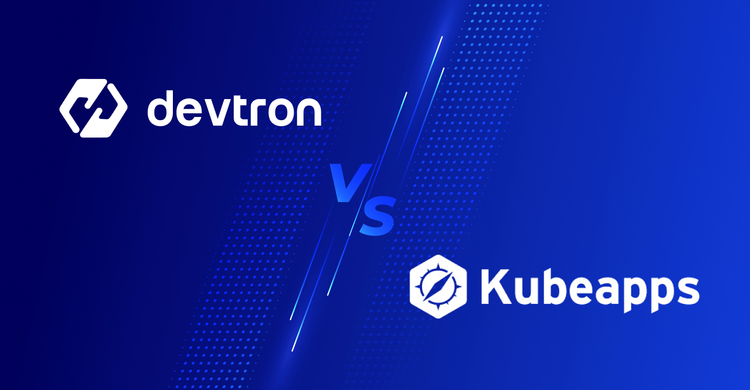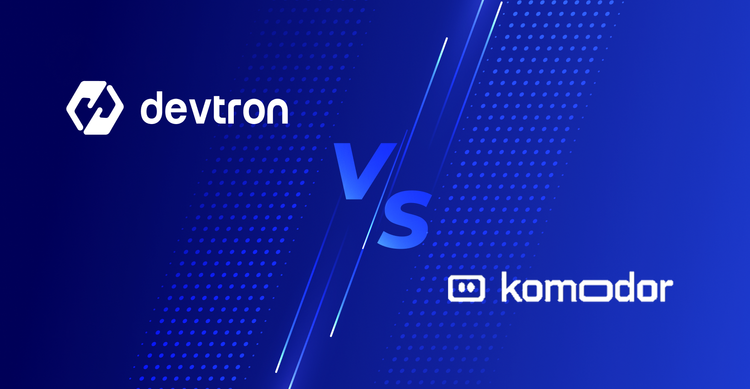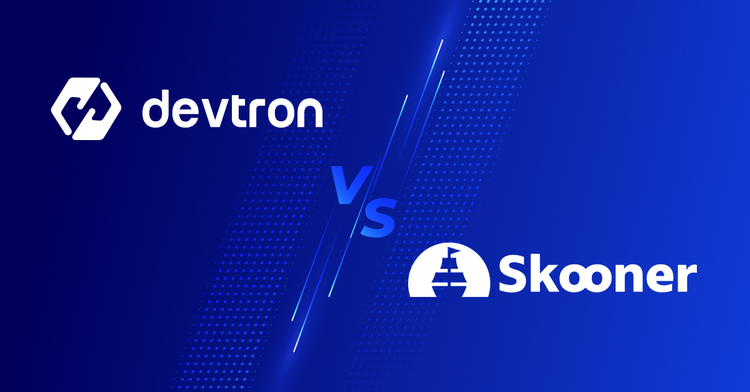In the world of Kubernetes auto-scaling, finding the perfect tool can be a balancing act between speed, control, and compatibility. Two prominent contenders in this realm are AWS Karpenter and Kubernetes Cluster Autoscaler, each offering a unique set of advantages and limitations.
Are you struggling to decide between AWS Karpenter and Kubernetes Cluster Autoscaler for auto-scaling your infrastructure? Look no further! In this blog post, we'll break down the differences between these two popular tools and help you choose the right one for your specific needs.
AWS Karpenter: The Swift Solution
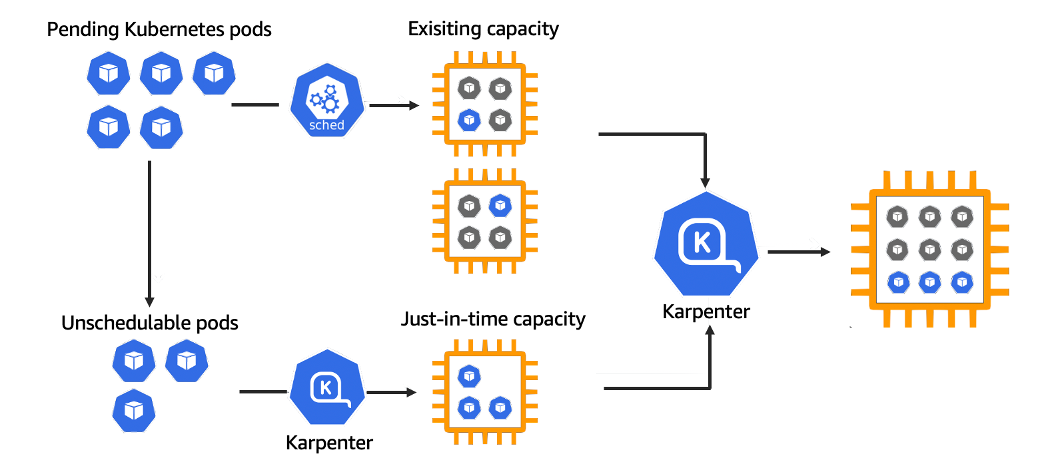
Pros:
- Rapid Instance Turnaround: Karpenter boasts impressive speed in spinning up new instances, ensuring swift scalability. Karpenter bypasses the cloud layer of the autoscaling group to provision the instances directly thereby making the instances available faster for scheduling.
- Diverse Instance Types: The tool supports various instance types without necessitating infrastructure changes, offering flexibility. New nodes of different specifications can be added by simply creating a provisioner / nodepools / nodeclasses into the target Kuberentes cluster.
Cons:
-
Lack of AZ Rebalancing Control: Users have limited control over instance AZ placements, with the absence of ASG group features like AZ rebalance. It can become problematic specially when using Spot instances where Karpenter keeps on bringing additional nodes from a single Availability zone owing to its default price-capacity-optimized spot allocation strategy, which keeps on bringing spot instances from a single AZ as it has the highest availability and lowest price.
-
Absence of ASG Metrics on CloudWatch: The absence of ASG metrics on CloudWatch might hinder comprehensive monitoring. You’ll have to rely on external metrics to know highest
-
Cluster Size Management Challenge: Handling numerous instance sizes within a cluster could lead to complexity and management issues, especially when using multiple daemonsets.
-
Compatibility Hiccups: Some reported issues surfaced while using the build k8s driver, impacting smooth operations.
-
Restricted Support Scope: Karpenter lacks upfront support for K8s clusters hosted on other cloud providers or self-hosted setups.
-
Less control over consolidation: AWS Karpenter boasts support for two consolidation policies: "whenUnderutilized" and "whenEmpty." These policies dictate the conditions under which Karpenter should scale resources, either when there's underutilization or when nodes are empty, respectively. While this provides a basic framework for scaling decisions, it falls short in offering granular control over intermediate scenarios.
Kubernetes Cluster Autoscaler: Empowering Control
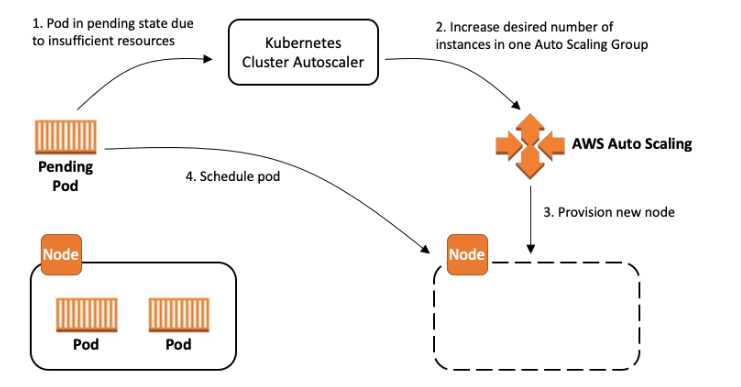
Pros:
- Enhanced Control Over Instances and AZ: Offers more granular control over instance types and their associated AZs.
- Refined Deprovisioning Control: Provides greater control over the deprovisioning process, aiding in resource optimization.
- Multi-Cloud Compatibility: Works seamlessly across multiple cloud providers, enhancing versatility.
- Access to ASG Metrics: Users have access to ASG metrics, ensuring comprehensive monitoring and insights.
- AWS Managed Node Groups Compatibility: Compatible with AWS managed node groups, facilitating smoother operations in AWS environments.
Cons:
- Slightly Slower Scaling: Compared to Karpenter, Kubernetes Cluster Autoscaler might take a bit longer to scale and add new nodes.
- Infrastructure Changes Required: Incorporating new node types involves triggering infrastructure changes through tools like Terraform, EKSCTL, or CloudFormation.
| Feature | Karpenter | Cluster Autoscaler |
|---|---|---|
| Installation | Helm chart | Helm chart + Automatic in some managed services |
| Provisioning Speed | Faster | Slower |
| Maturity | New | Stable |
| Instance Type Variety | High (No infrastructure changes) | High (Infra changes required) |
| AZ Rebalancing Control | Limited | High |
| ASG Metrics on CloudWatch | No | Yes |
| Cluster Size Management | Can be complex with many sizes | Simpler |
| Compatibility | Limited (AWS, no self-hosted) | Wider (multi-cloud, self-hosted) |
| Deprovisioning Control | Limited | More control |
| Cloud Provider Support | Limited (AWS) | Wider |
| AWS Managed Node Groups | No | Yes |
| Remediation Control | Basic (when underutilized/empty) | More granular |
Making the Choice
While AWS Karpenter champions speed and flexibility, Kubernetes Cluster Autoscaler shines in its control and compatibility across different cloud environments. The decision ultimately hinges on the specific needs of your infrastructure.
For organizations seeking rapid scalability and ease of deployment within AWS environments, Karpenter might prove to be the ideal choice. Conversely, those prioritizing granular control, multi-cloud compatibility, and nuanced monitoring might lean towards Kubernetes Cluster Autoscaler.
Understanding the nuances of each tool, their strengths, and limitations is pivotal in making an informed decision that aligns with your infrastructure goals and operational preferences. Both tools bring distinct advantages to the table, catering to diverse needs within the ever-evolving Kubernetes landscape.
Still Confused? Here's How to Choose:
The Kubernetes Cluster Autoscaler shines as the clear winner outside of AWS environments. However, if your infrastructure is confined to AWS, it's essential to consider the following questions.
This quick guide will help you decide between Karpenter and Cluster Autoscaler based on your specific needs:
Prioritize rapid scaling and flexible instance types on AWS?
- Choose Karpenter: It excels at quickly spinning up instances with diverse configurations without requiring infrastructure changes.
Managing a complex cluster on AWS with numerous VM types without a need for infra changes?
- Consider Karpenter: Its simpler approach to handling instance type/size variation might be preferable.
Need granular control over node scaling and placement?
- Choose Cluster Autoscaler: It offers more precise control over instance types, placement zones (AZs), and deprovisioning strategies.
Running a multi-cloud or self-hosted Kubernetes environment?
- Choose Cluster Autoscaler: It supports various cloud providers and self-hosted setups, while Karpenter currently focuses on AWS.
Looking for comprehensive monitoring with ASG metrics?
- Choose Cluster Autoscaler: It provides access to detailed ASG metrics on CloudWatch for better monitoring.
TL;DR
- Karpenter offers faster scaling and flexibility in instance types, but with less control over placement and deprovisioning.
- Cluster Autoscaler provides more granular control and broader cloud support, but with slightly slower scaling.
If you have any queries or want to brainstorm further don't hesitate to connect with us in our actively growing Discord Community.


